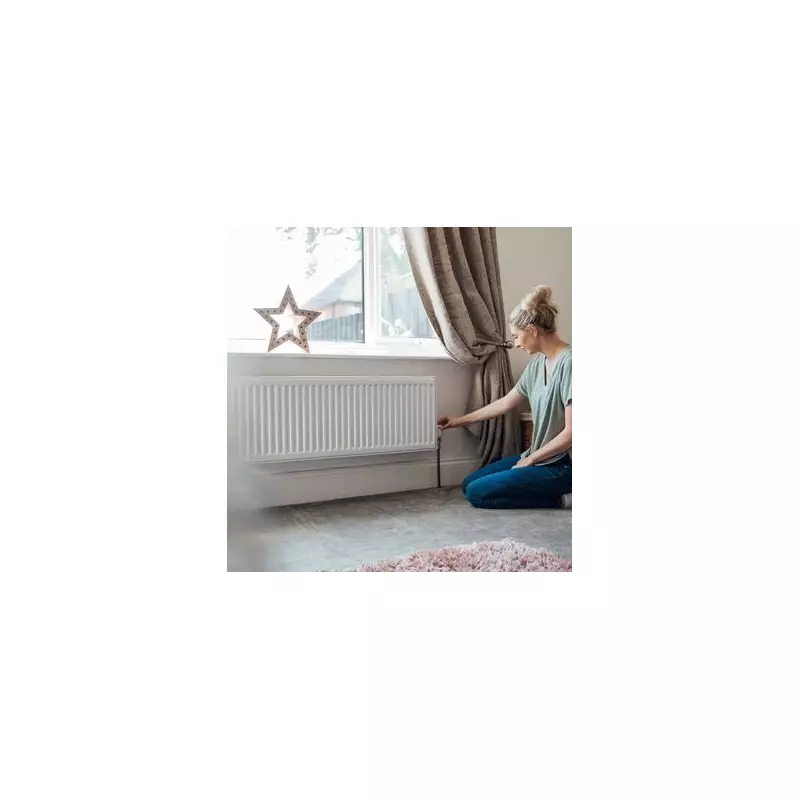
As November's chill sets in across the UK, many households are facing a frustrating dilemma: despite having the heating turned on, their homes stubbornly refuse to feel warm and cosy.
The unanimous verdict from heating professionals
After consulting five home heating specialists, a clear consensus emerged about the primary culprit behind inefficient heating systems. Trapped air within radiators was identified as the major factor preventing homes from reaching comfortable temperatures, even when thermostats are cranked up.
Jamie Heath, a heating specialist from Build & Plumb, explained the science behind this common issue. "Trapped air in radiators can prevent your radiators from heating up effectively and reduce their efficiency," he said. "When the water heats and cools, air bubbles can form, accumulating in the radiator over time."
Zander Gosling, co-founder of solar and home energy optimisation platform Lumo Energy, echoed this concern. "It's frustrating when you've got the heating on but the house still feels cold. In many cases, the problem isn't your boiler - it's how your home holds on to heat."
How to identify and address the problem
The experts highlighted several telltale signs that your radiators need attention:
- Cold spots on the top section of radiators
- Gurgling or banging noises from the heating system
- Radiators taking longer than usual to heat up
Stephen Hankinson, a heating and energy specialist at Electric Radiators Direct, confirmed this represents a significant drain on household energy efficiency and finances, particularly during the colder months when heating systems work hardest.
Adam Knight, lead engineer at BOXT, noted this problem becomes especially prevalent at the start of winter, when heating systems have been inactive for extended periods. "Bleeding radiators and making sure the heating runs properly, even for a short period, helps to pick up problems early," he advised.
A simple DIY solution
The good news is that resolving this issue doesn't require professional help. Kudzai Chinembiri, energy expert at Energy Helpline, provided a straightforward step-by-step guide for bleeding radiators:
- Ensure your heating is completely off and radiators are cold to the touch
- Start with the radiator furthest from your boiler if bleeding multiple units
- Place an old cloth or jug beneath the bleed valve to catch any water
- Insert the bleed key and turn it anti-clockwise until air begins escaping
- Listen for a hissing sound indicating air release
- When water starts to escape, immediately turn the key clockwise to retighten the valve
- Repeat the process on other affected radiators, working your way back toward the boiler
This simple maintenance task can significantly improve your heating system's performance, reducing energy waste and lowering heating bills during the winter months when every degree of warmth matters.





